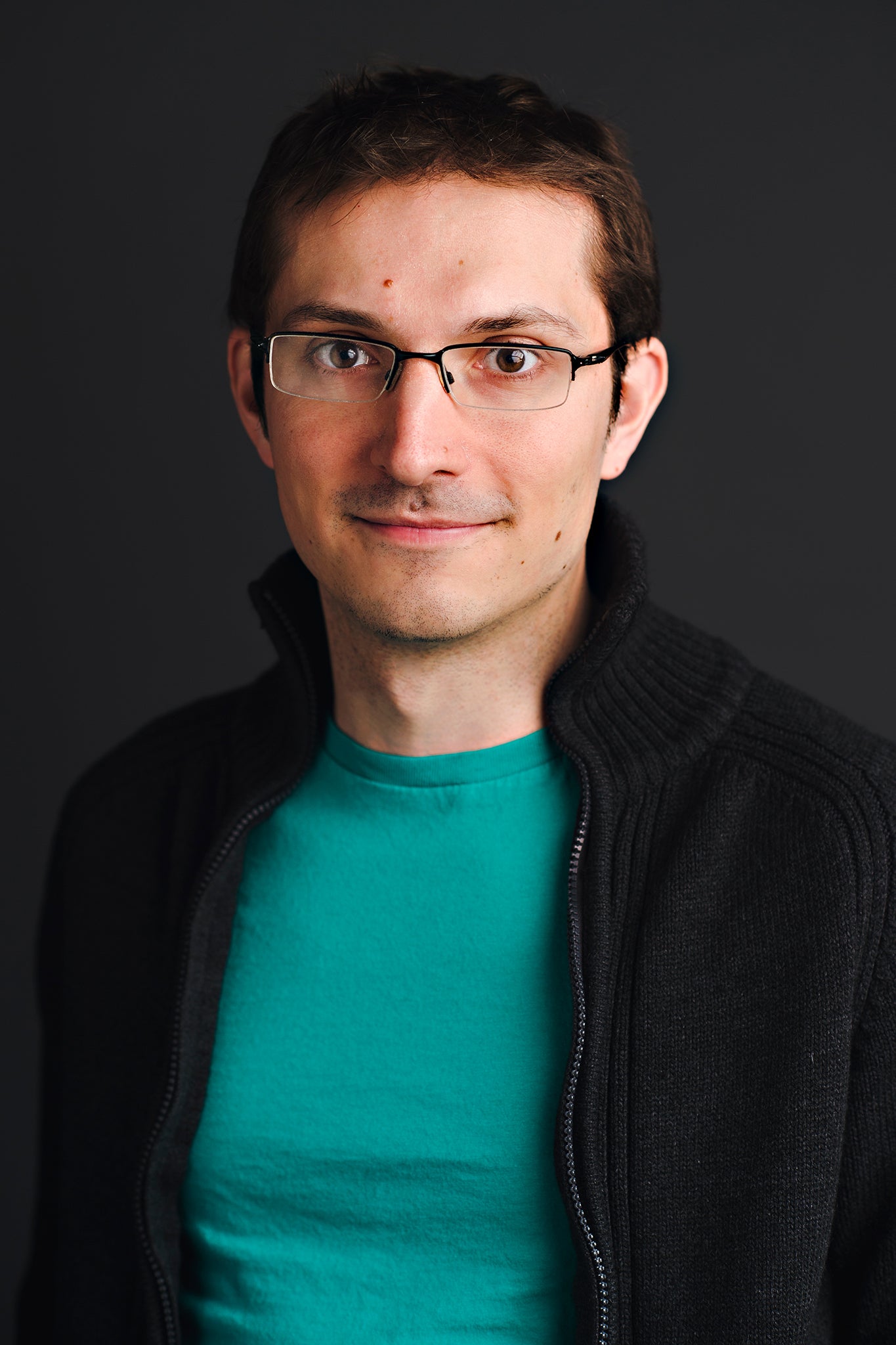For the first time, researchers have identified what conditions are necessary for theories of quantum gravity to be compatible with one of the most important aspects of quantum theory: The Unruh effect.

The Unruh effect, named after Canadian physicist W. G. Unruh, is a prediction that an observer who is accelerating in empty space would see photons and other particles, whereas an inertial observer would see none.
In a study led by researchers from the University of Waterloo, the International School for Advanced Studies, and the Complutense University of Madrid, a framework has been provided for discovering how to modify predictions of quantum field theory.
“Our findings are important because the Unruh effect is in the boundary between quantum field theory and general relativity, which is what we know, and quantum gravity, which we are yet to understand,” said Eduardo Martin-Martinez, an assistant professor in Waterloo’s Department of Applied Mathematics. “So, if someone wants to develop a theory of what’s going on beyond what we know of quantum field theory and relativity, they need to guarantee they satisfy the conditions we identify in their low energy limits.”
Three necessary conditions were identified to preserve the Unruh effect. These conditions can be used to determine the low-energy predictions of quantum gravity theories. The findings of this research provide the necessary tools in order to make predictions in a wide spectrum of situations.
“It is reasonable to expect that the microstructure of space-time or, more generally, any new physics that modifies the structure of quantum field theory at short distances, would induce deviations from [Unruh’s] law,” says Raúl Carballo-Rubio, a postdoctoral researcher at the International School for Advanced Studies (SISSA), Italy. “While probably anyone would agree that these deviations must be present, there is no consensus on whether these deviations would be large or small for a given theoretical framework. This is precisely the issue that we wanted to understand.”
The study, titled “The Unruh Effect Without Thermality”, was authored by Waterloo’s Faculty of Mathematics and Institute of Quantum Computing researchers Martin-Martinez and his PhD student Jose de Ramon Rivera, SISSA’s Carballo-Rubio, and professor Luis Garay at the Complutense University of Madrid. It was published in the journal Physical Review Letters.